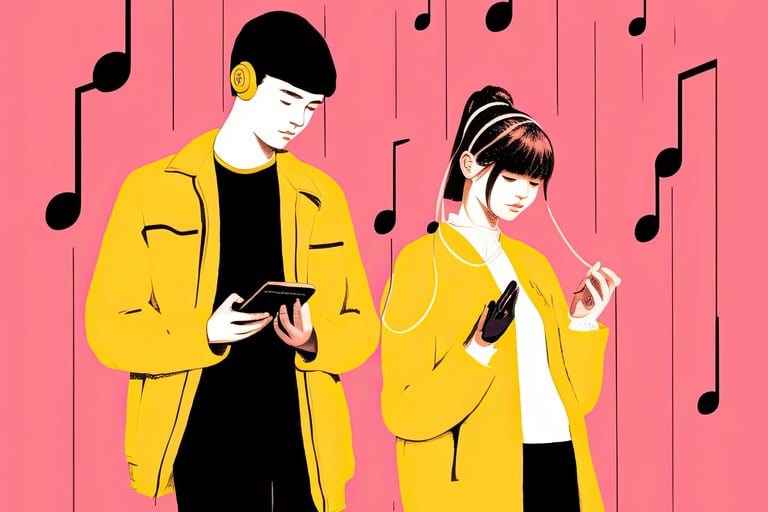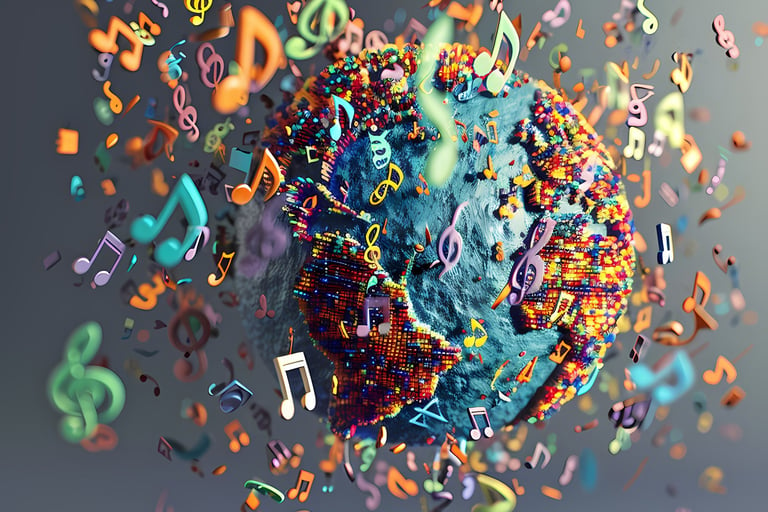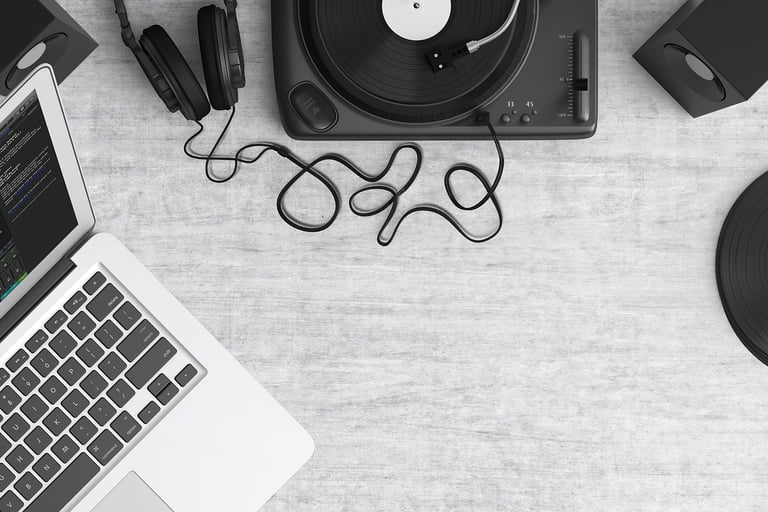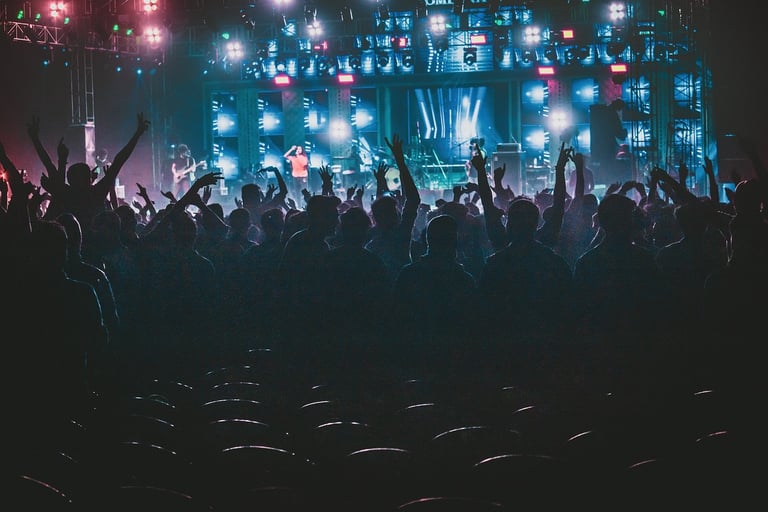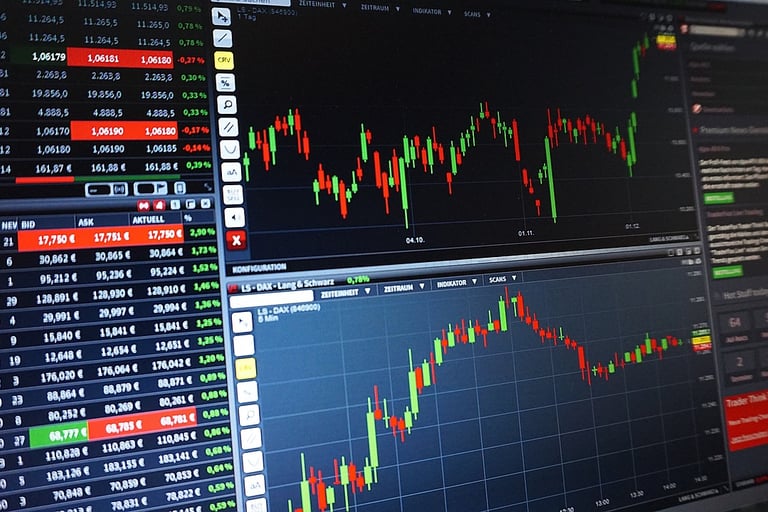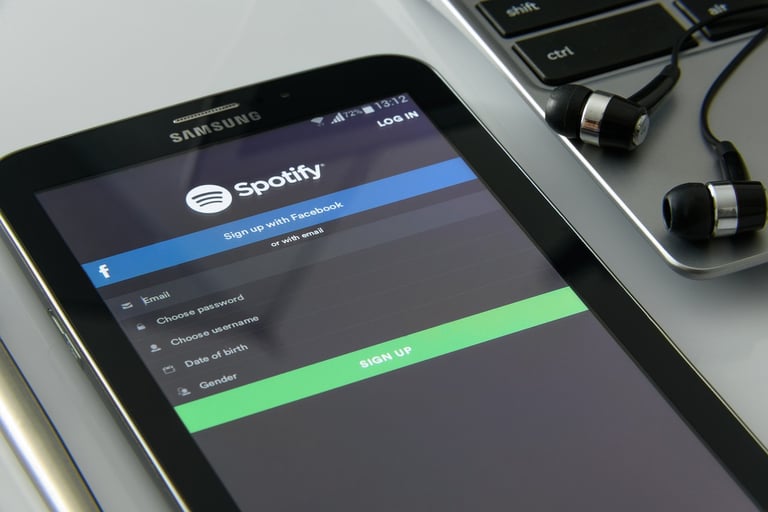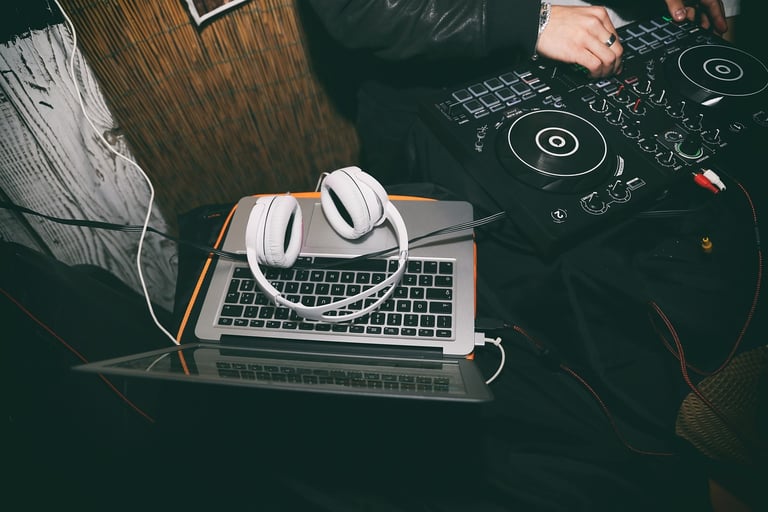Music Scenes in the US: A Paradigm Shift?
The U.S. music industry is navigating a paradigm shift in 2024, driven by evolving digital landscapes, genre blending, economic pressures, and cultural shifts.
ENTERTAINMENT

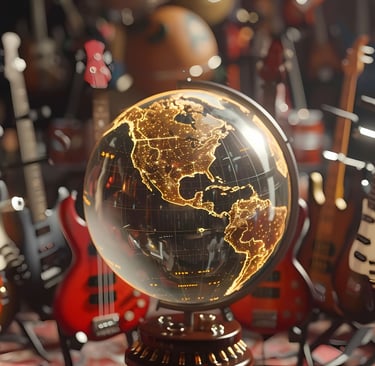
With the dominance of streaming platforms, the rise of niche genres, and the ongoing changes brought about by technological advancements, the music scene in America is rapidly transforming. Here’s an in-depth look at these shifts.
6. The Evolution of Music Marketing: Social Media and Direct Fan Engagement
The relationship between artists and their fans is changing, with social media and direct-to-fan marketing becoming more essential than ever. Platforms like TikTok, Instagram, and YouTube are vital tools for artists, enabling them to promote new music, connect with followers, and build their brands directly. In 2024, many artists are using these platforms to bypass traditional record label channels, connecting with fans in more authentic, immediate ways.
Social media is also shaping how music goes viral. TikTok, for example, is turning into the new launchpad for artists, with viral challenges and trends driving mainstream popularity.
The short-form content model is pushing artists to produce more catchy, shareable music, especially within genres like pop and hip-hop.
5. Global Influences: The Rise of Latin and K-Pop in Mainstream Music
As global music trends increasingly influence the U.S. music scene, genres like Latin pop and K-pop are becoming mainstays in mainstream charts. The success of artists like Bad Bunny, BTS, and Rosalía has opened doors for artists from non-English speaking countries to dominate the U.S. market. Latin music, especially reggaeton and regional Mexican music, is having a major influence on American pop culture, with songs crossing over into mainstream American playlists.
This globalization of music is reshaping the U.S. music scene, with artists adopting sounds from around the world to create fresh, innovative music. As streaming platforms continue to serve as the primary means for discovering music, these global genres are expanding the boundaries of what’s considered “American” music.
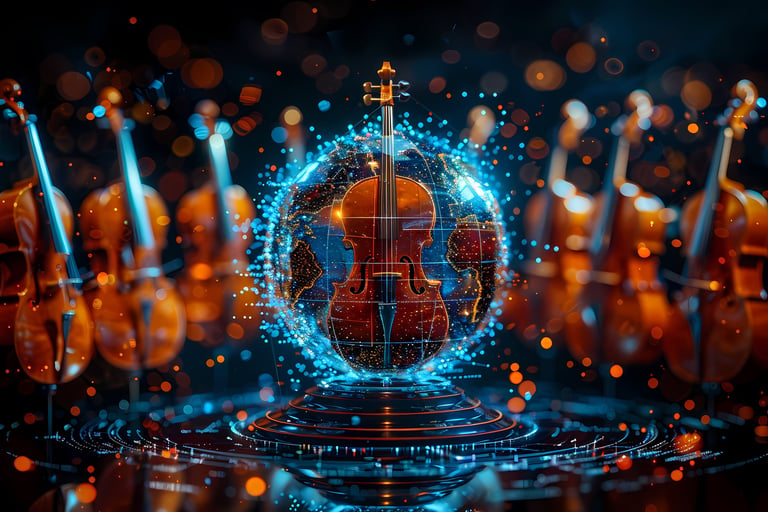

4. Live Performances: Virtual Concerts and the Hybrid Experience
Live performances have traditionally been a core part of the music industry. However, the COVID-19 pandemic forced many artists to adopt virtual concerts, and now in 2024, these events have become an established part of the music ecosystem. Virtual concerts, powered by platforms like Wave and Veeps, are offering immersive fan experiences where audience members can interact with artists in real-time.
Furthermore, the rise of hybrid live events—where virtual and in-person attendees can engage—has become a crucial trend. Adding examples of recent hybrid events or artists who have successfully used this format could enhance this section. For artists, these virtual and hybrid performances are helping to break down geographical barriers and reach international fans. This has created new revenue streams and provided a platform for emerging artists to perform on a global stage.
3. The Impact of Artificial Intelligence (AI) on Music Production
In 2024, AI’s influence in music production is becoming more profound. Tools like AI-assisted music composition, deep learning algorithms for mastering tracks, and synthetic voice generation are enabling artists to push the boundaries of music creation. While some fear that AI could lead to the commodification of art, many musicians are finding it to be a valuable tool for creating unique sounds.
AI is also transforming the music discovery process, using algorithms to recommend songs, albums, and artists based on personalized listening habits. It might be helpful to mention specific platforms or tools leveraging AI for music discovery to make this point more concrete. For creators, platforms powered by AI help in refining their craft, offering new ways to engage with their audience, and even predicting which styles might resonate with listeners in real time.
2. Blurring Genre Lines: The Emergence of Hybrid Sounds
The U.S. music scene is witnessing the rise of genre blending like never before. Artists are fusing hip-hop, pop, electronic, and even country with Latin influences to create unique sounds that resonate with diverse audiences. The increased use of streaming platforms and social media has enabled these hybrid genres to reach global audiences, even allowing subgenres like hyperpop or alternative R&B to thrive.
This trend is driving a larger cultural shift where music is increasingly seen as an amalgamation of influences, rather than being confined to strict genres. You could include examples of specific artists or songs that illustrate this genre-blending trend. This blurring of lines has also led to the rise of "genre fluidity" among younger listeners who prefer playlists that mix different styles and sounds.
1. The Streaming Revolution: Challenges and Opportunities
The streaming era has revolutionized music consumption, but with this shift come both challenges and opportunities. Services like Spotify, Apple Music, and YouTube are driving the industry’s growth, but they also face pressures regarding fair compensation for artists. As per recent reports, the ongoing debate around streaming royalties is one of the most significant challenges faced by artists. While streaming platforms provide global access, many musicians still struggle with meager payouts compared to physical album sales.
In 2024, streaming services are diversifying their models. Platforms like YouTube and TikTok are enhancing their music-focused features, and Spotify has introduced new monetization tools for both artists and creators. These tools offer new ways for musicians to connect with fans and increase their revenue streams through exclusive content, live streams, and merchandise sales. Consider specifying examples of successful artist strategies or specific tools to add clarity.
In 2024, the U.S. music scene underwent a dramatic transformation. Streaming services and AI revolutionized music production and consumption, while genre-blending and global influences redefined creative boundaries. Virtual concerts bridged the gap between physical and digital experiences, and social media became a cornerstone for fan engagement. As the industry continues to evolve, it promises an exciting future full of innovation and new opportunities.
